Bastille Parfums: the French fragrance house blending technology with olfactory craft
Bastille Parfums is on a mission to shift the perception of high-end fragrance
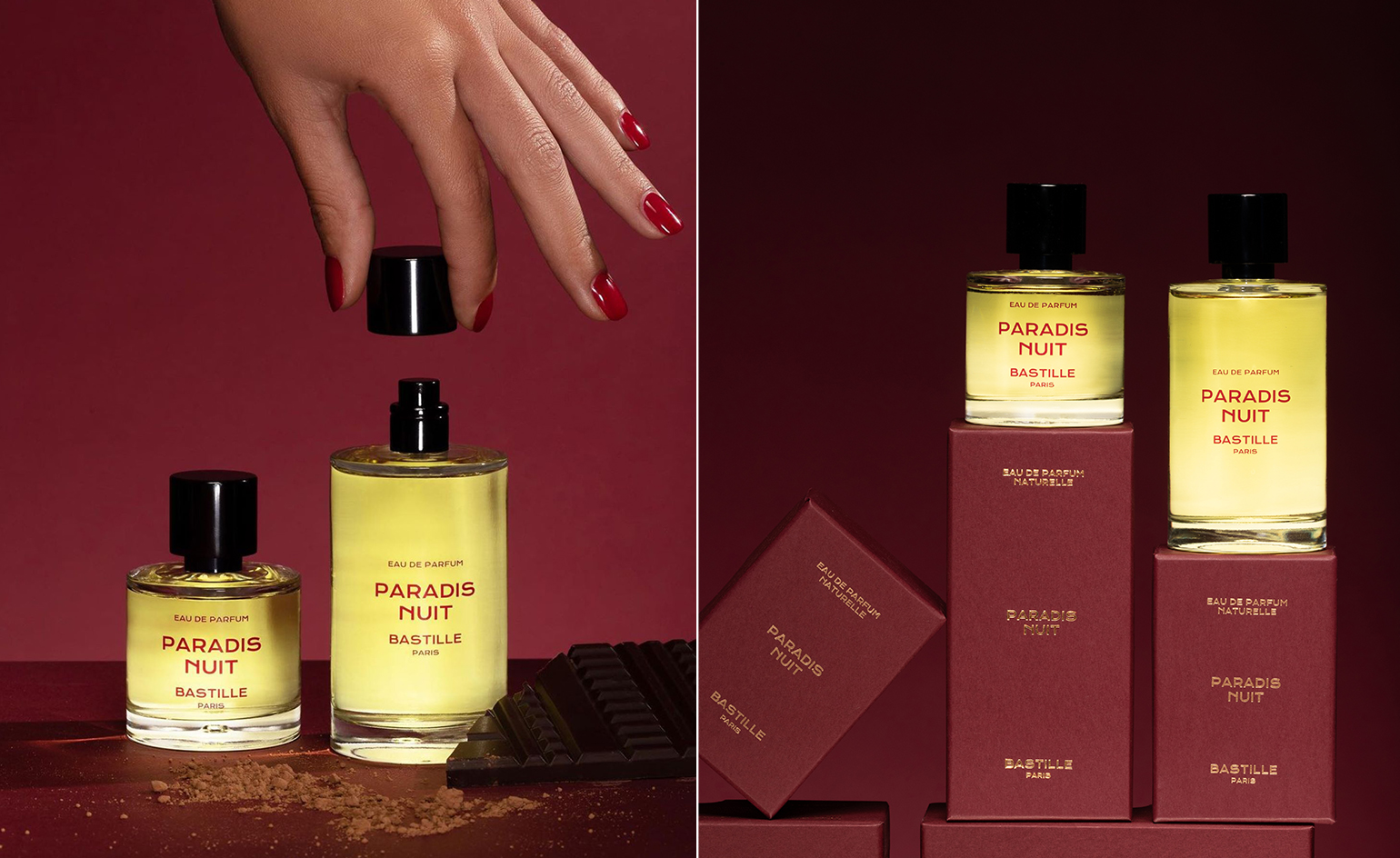
Bastille Parfums was founded at the beginning of 2020 by a young Parisian named Marie-Hortense Varin. She was inspired to start her own fragrance house when she noticed make-up and skincare brands were doing something perfumery was not. The years leading up to 2020 saw a surge in beauty consumers who used the internet to educate themselves on the formulations of their products. They wanted to know how their purchases could affect them personally and the environment at large; and skincare and makeup brands began to disclose their ingredient lists more readily to meet these new, more exacting demands of their clientele.
Perfumery, however, seemed unaffected by this shift, and in many ways it still is. Most perfume houses safeguard the specifics of their formulations, sharing only a cursory scent profile so that buyers have an idea of what the perfume smells like. Of course, it makes sense why luxury fragrance houses have constructed an air of mystery and secrecy around themselves – high-end perfumery is, after all, an art form, with each scent the result of rigorous craftsmanship from an expertly trained nose.
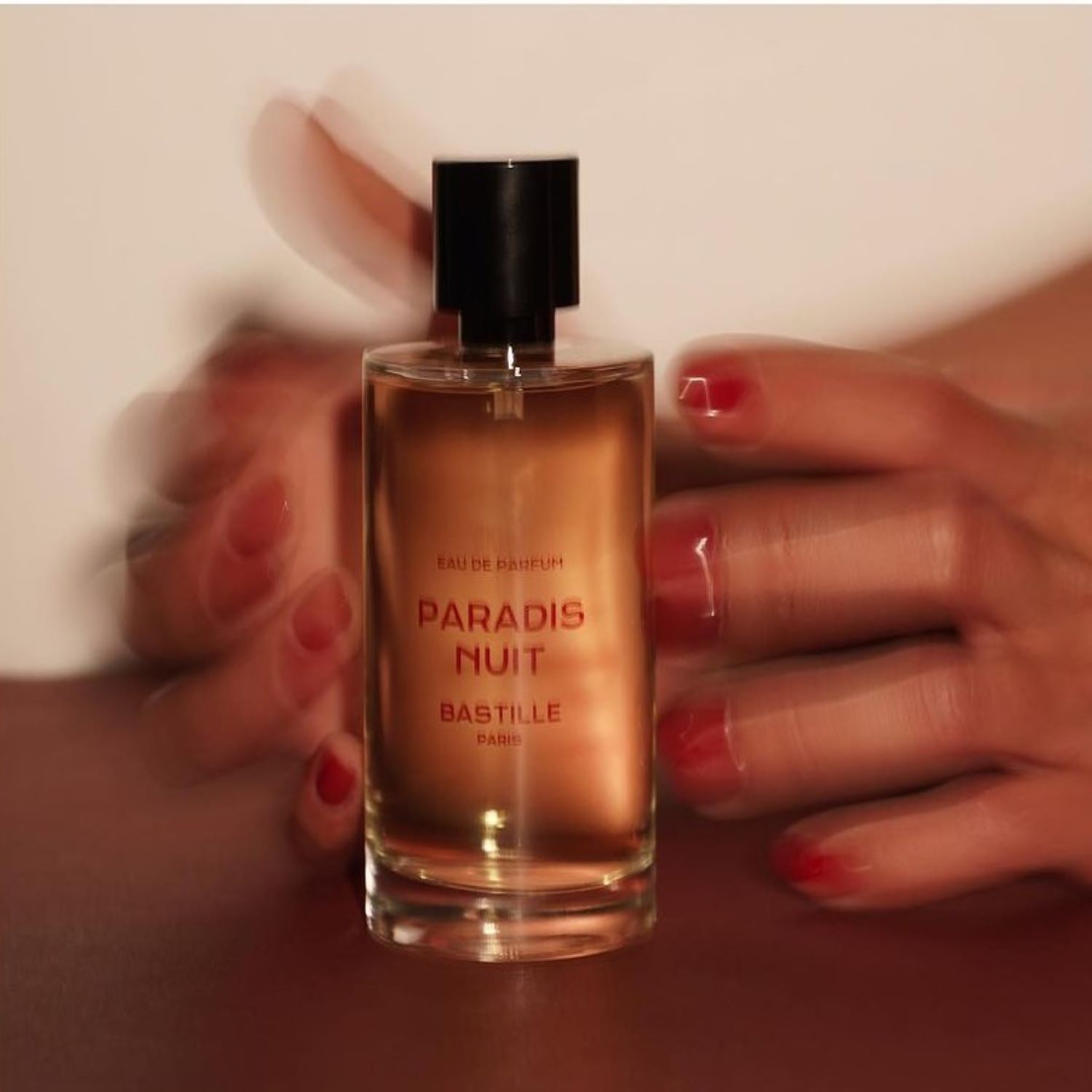
Bastille Parfums Paradise Nuit
The story behind Bastille Parfums
Bastille understands this, which is why it works to create fragrances that meet the exacting standards of traditional luxury perfumery and, simultaneously, meet the modern consumers’ desire for honesty and sustainability. As the brand’s CEO, Sophie Maisant, recently told me over a phone call: ‘Bastille wants to balance the modern and traditional; to be sustainable but to be desirable. To not be masculine or feminine; to be more natural [with our ingredients] but to have some synthetics, because synthetics have such a long history in the perfume industry. We are not a brand that is set in stone. It’s the very opposite, we are always challenging ourselves.’
The most striking example of this is the brand’s use of RFID (Radio Frequency Identification) technology. This has been debuted with its newest fragrance Paradis Nuit, which contains notes of bitter cocoa, Marseille soap and cassie flower, conceived by nose Nicholas Beaulieu. This technology allows customers to scan a QR code on a Bastille box for a list of every natural and synthetic ingredient within the bottle (Bastille uses 95 per cent natural ingredients, 5 per cent clean synthetics, and organic wheat alcohol), as well as information about where those ingredients where sourced from, what they each smell like, and what date the perfume itself was manufactured. The brand hopes that by disclosing such information, customers not only find the insight they are looking for, but come to recognise the sincerity of Bastille’s sustainable mission.
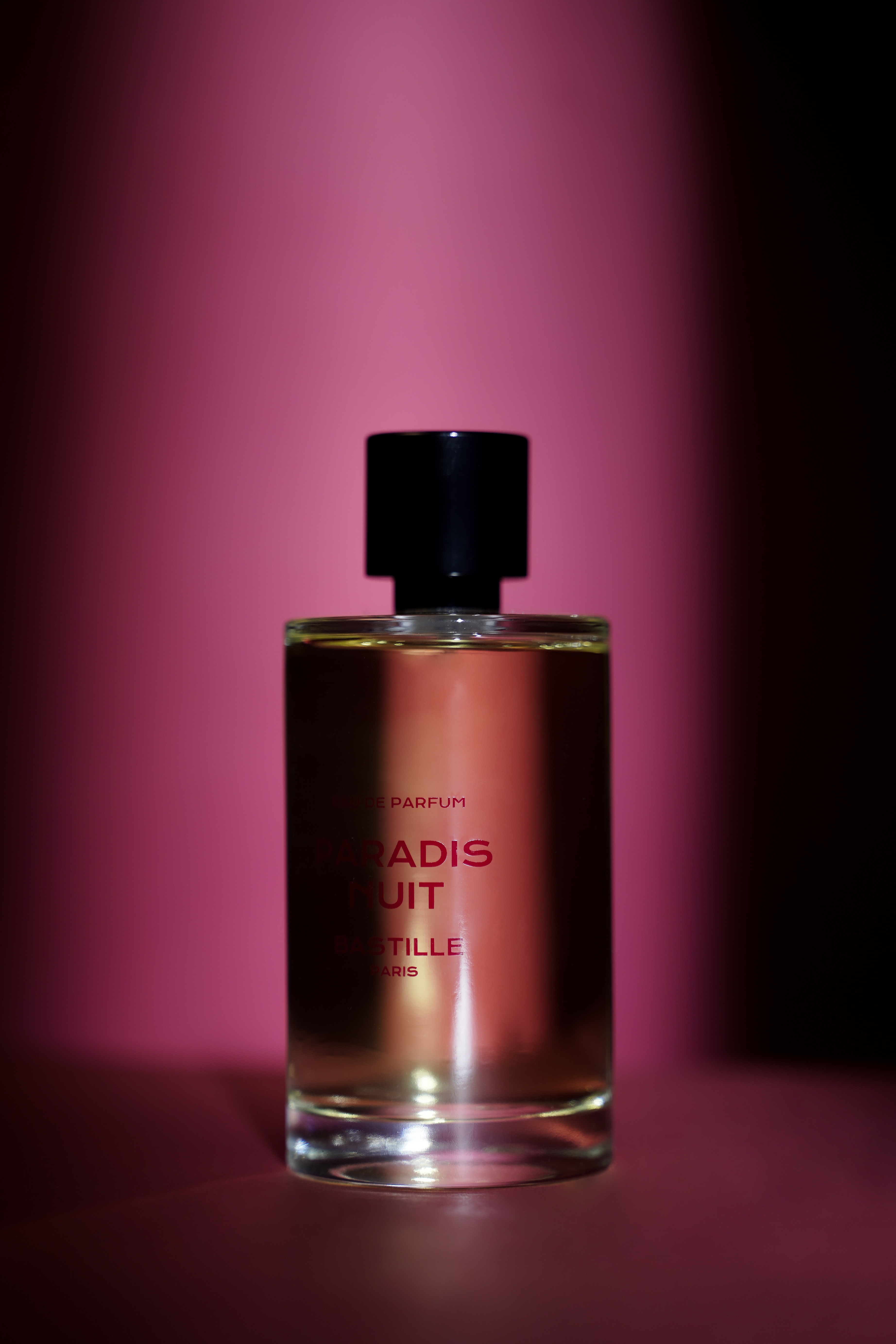
Bastille Parfums Paradise Nuit
There has been some pushback, as there is with any brand that offers an alternative to the old way of doing things. ‘It’s a battle everyday,’ Maisant says, ‘because there are some ideas that are just so ingrained not only within the industry, but within the consumers.’
Case in point: Bastille does not ship its products in plastic wrapping because it is functionally unnecessary, but that means boxes occasionally arrive to customers slightly scuffed. Some have found issues with this and other aspects of Bastille because it means the brand is not sufficiently ‘luxury.’ However, as Maisant points out, the problem is not Bastille’s efforts towards sustainability, but our preconceptions of what luxury has to be. ‘We have to reinvent what luxury and durability and sustainability should look like,’ Maisant says. ‘It’s a very interesting challenge, but not an easy one.’
Wallpaper* Newsletter
Receive our daily digest of inspiration, escapism and design stories from around the world direct to your inbox.
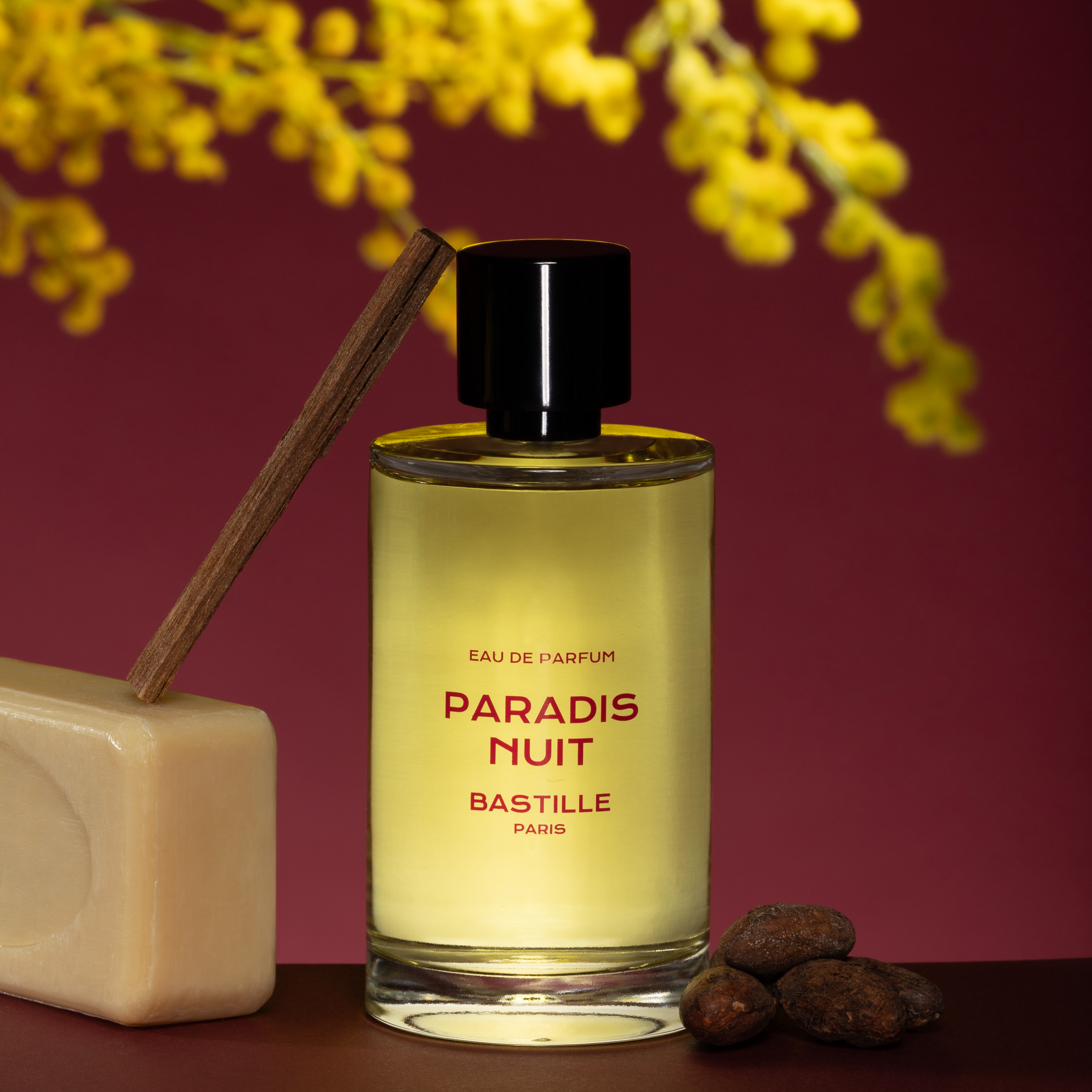
Bastille Parfums Paradise Nuit
Mary Cleary is a writer based in London and New York. Previously beauty & grooming editor at Wallpaper*, she is now a contributing editor, alongside writing for various publications on all aspects of culture.
-
 Eight designers to know from Rossana Orlandi Gallery’s Milan Design Week 2025 exhibition
Eight designers to know from Rossana Orlandi Gallery’s Milan Design Week 2025 exhibitionWallpaper’s highlights from the mega-exhibition at Rossana Orlandi Gallery include some of the most compelling names in design today
By Anna Solomon
-
 Nikos Koulis brings a cool wearability to high jewellery
Nikos Koulis brings a cool wearability to high jewelleryNikos Koulis experiments with unusual diamond cuts and modern materials in a new collection, ‘Wish’
By Hannah Silver
-
 A Xingfa cement factory’s reimagining breathes new life into an abandoned industrial site
A Xingfa cement factory’s reimagining breathes new life into an abandoned industrial siteWe tour the Xingfa cement factory in China, where a redesign by landscape specialist SWA Group completely transforms an old industrial site into a lush park
By Daven Wu
-
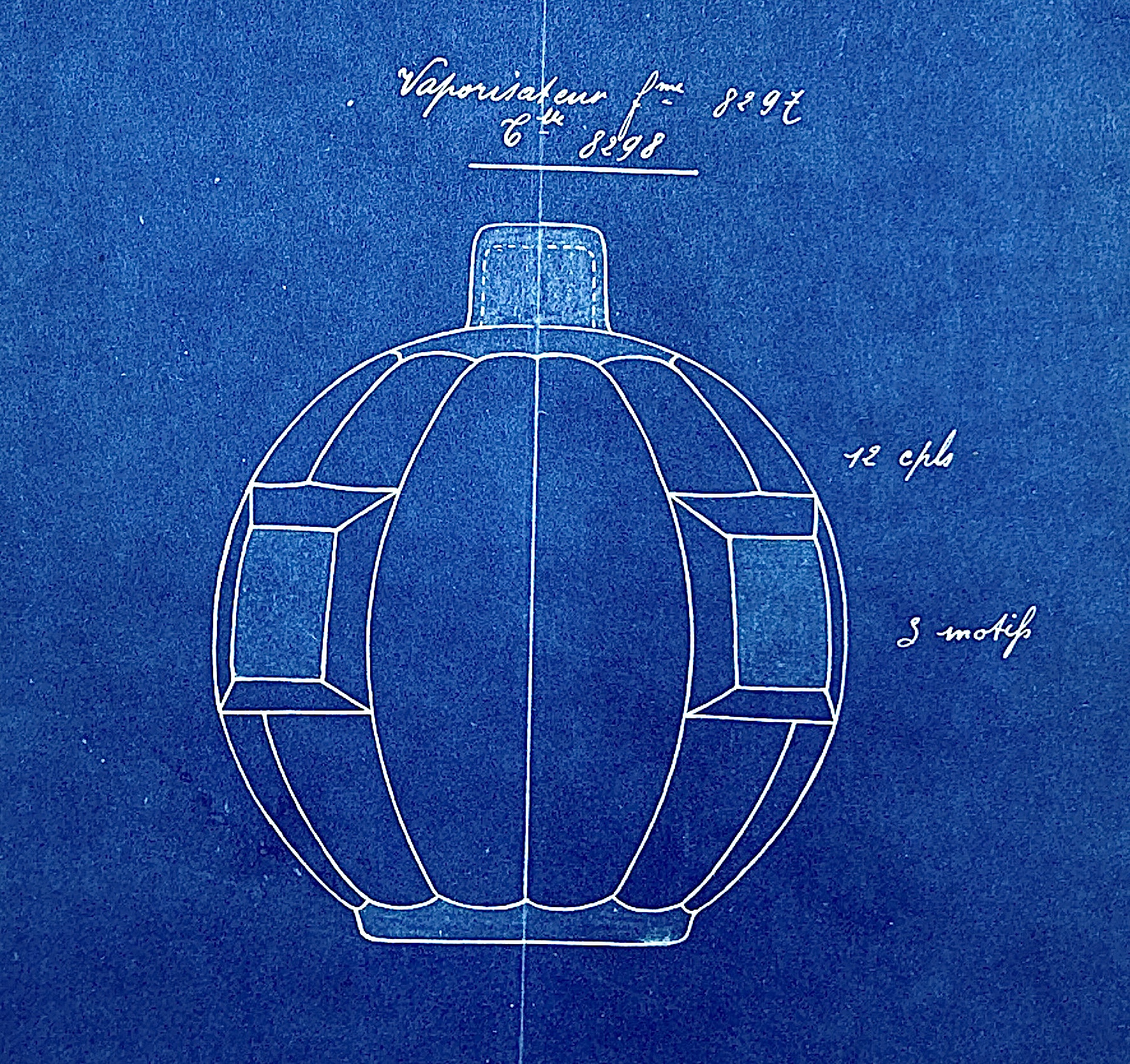 This perfume bottle archive was nearly lost. Now, it offers a rare whiff of fragrance history
This perfume bottle archive was nearly lost. Now, it offers a rare whiff of fragrance historyFifty blueprints from a forgotten French crystal manufacturer will be for sale as part of the New York International Antiquarian Book Fair
By Anna Fixsen
-
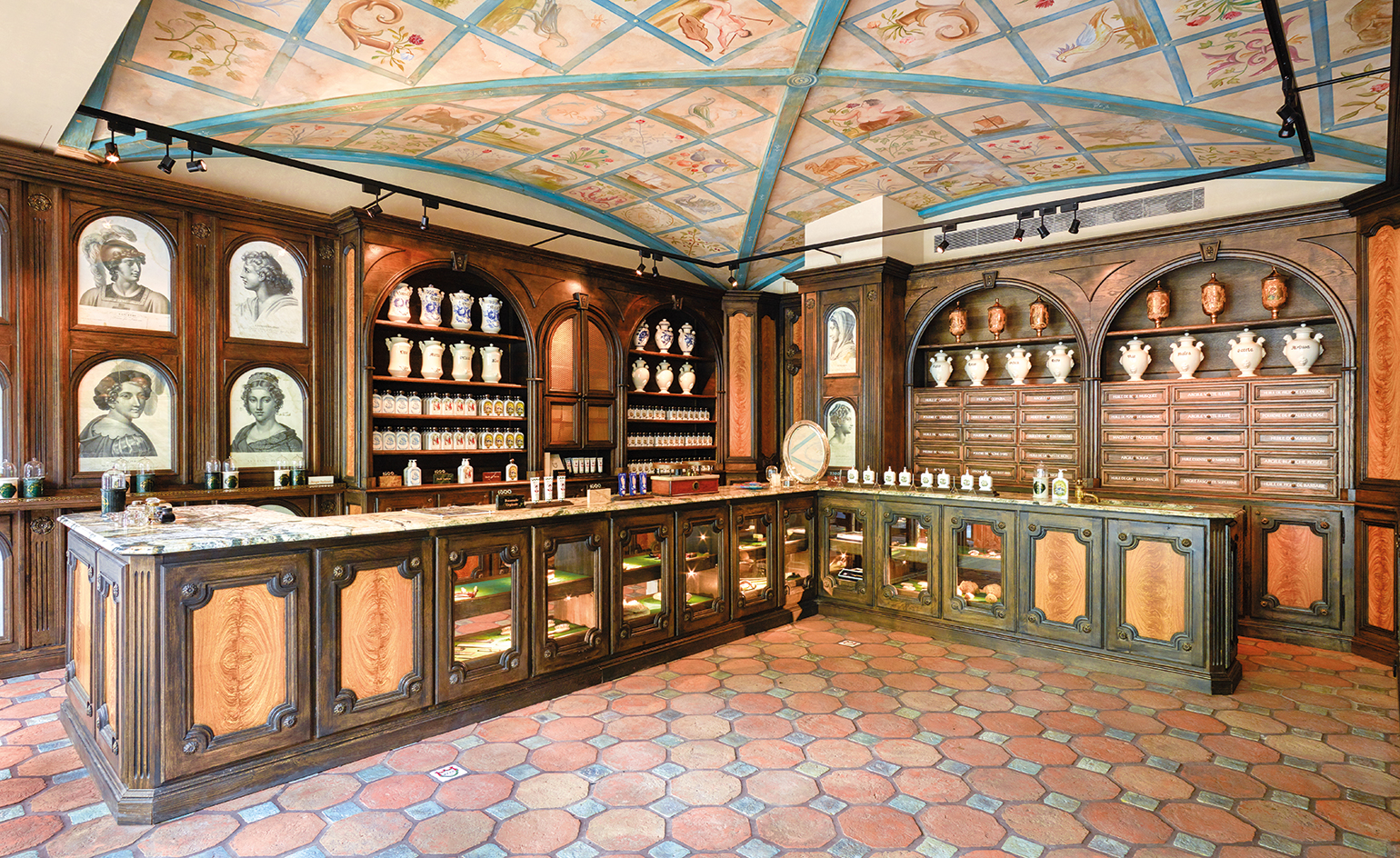 Ramdane Touhami on design in the reinvention of Buly 1803
Ramdane Touhami on design in the reinvention of Buly 1803In an exclusive interview, Ramdane Touhami shares the story behind his redesign of the historic brand, Officine Universelle Buly 1803
By Mary Cleary
-
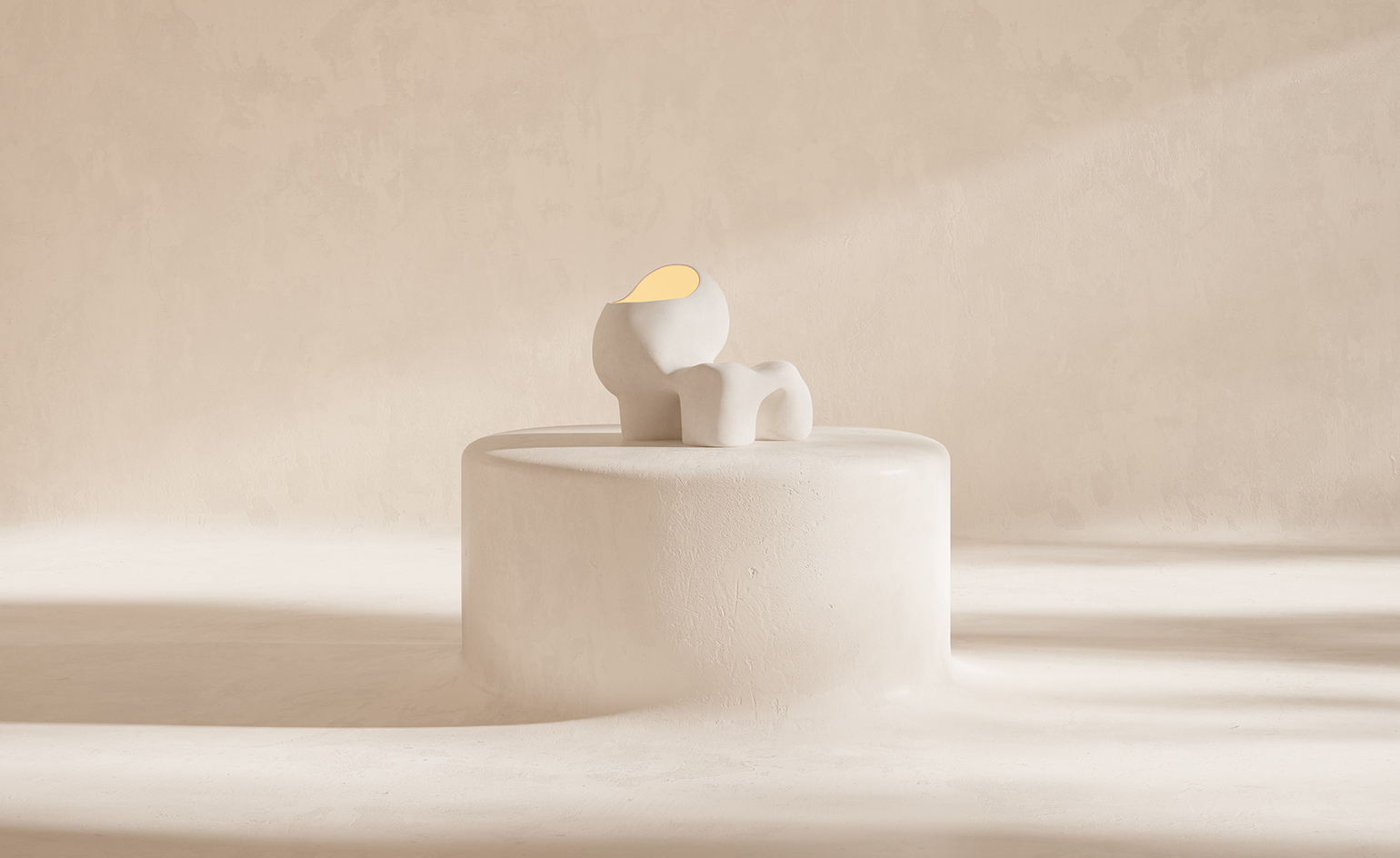 Amen’s new collection takes on abstract, sculptural forms handcrafted by Katharina Kaminski
Amen’s new collection takes on abstract, sculptural forms handcrafted by Katharina KaminskiAmen candles officially launches its new series of figurative light sculptures, ‘Luminous Beings’
By Mary Cleary
-
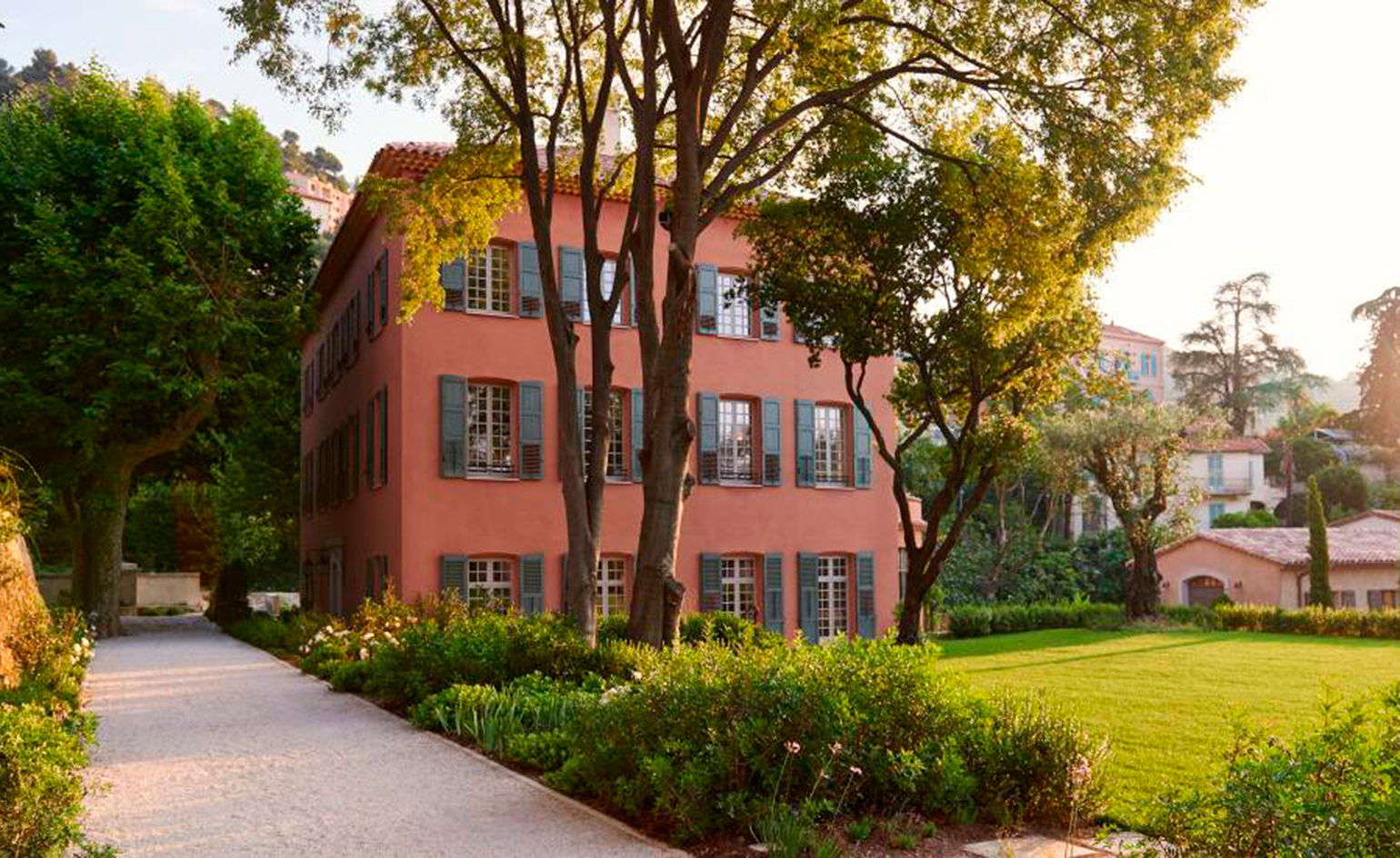 Take a tour of Louis Vuitton's fragrance house
Take a tour of Louis Vuitton's fragrance houseMaster perfumer Jacques Cavallier Belletrud offers a peek inside Les Fontaines Parfumées
By Mary Cleary
-
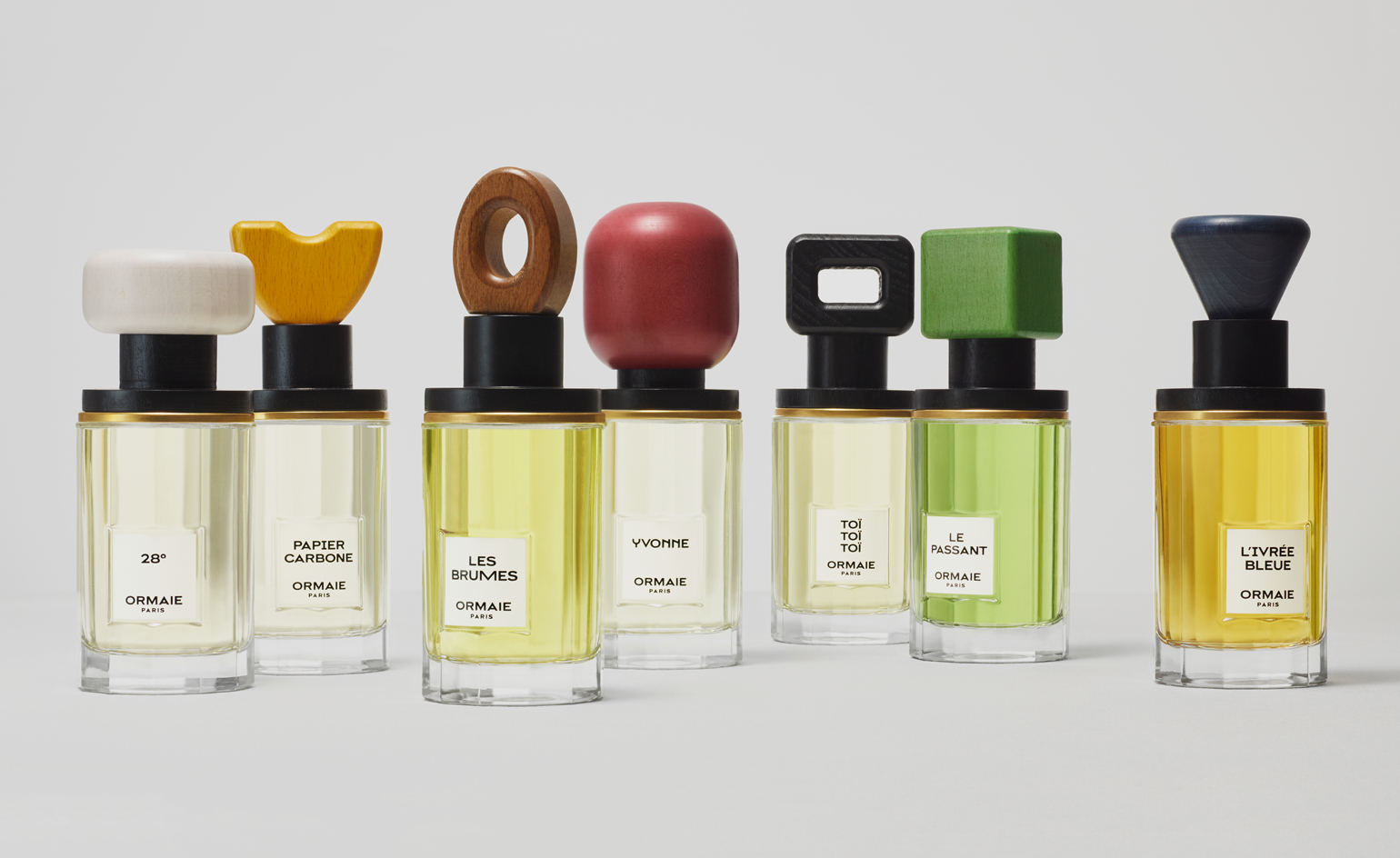 New French fragrance maison Ormaie references modernist design greats
New French fragrance maison Ormaie references modernist design greatsBy Elly Parsons
-
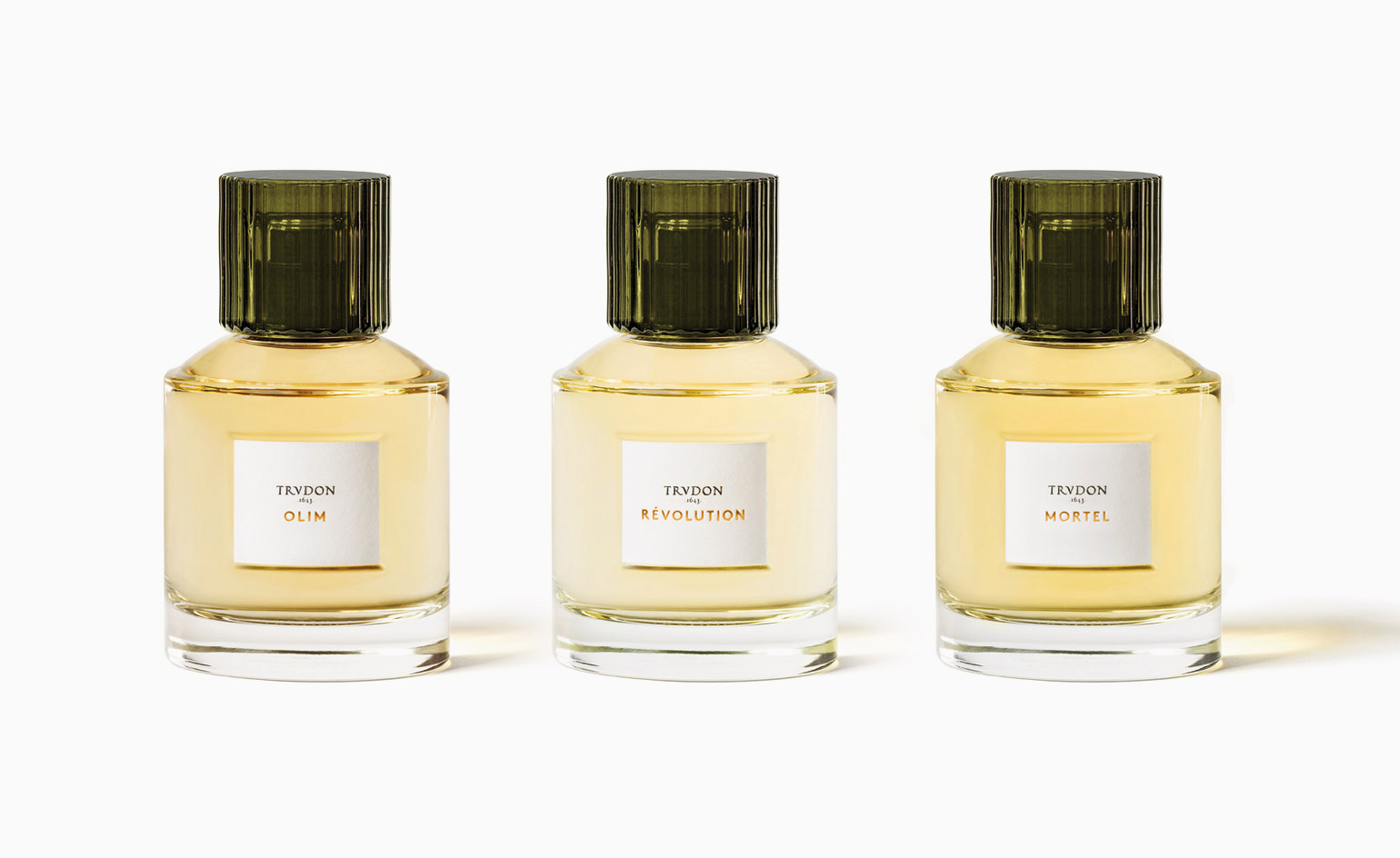 Top of the glass: Pauline Deltour’s first design for Cire Trudon has serious bottle
Top of the glass: Pauline Deltour’s first design for Cire Trudon has serious bottleBy Elly Parsons
-
 Hermès gallops in with a new equestrian themed fragrance
Hermès gallops in with a new equestrian themed fragranceBy Christopher Stocks
-
 Les Bains Guerbois launches its 'subversive' fragrance line
Les Bains Guerbois launches its 'subversive' fragrance lineBy Jean Grogan